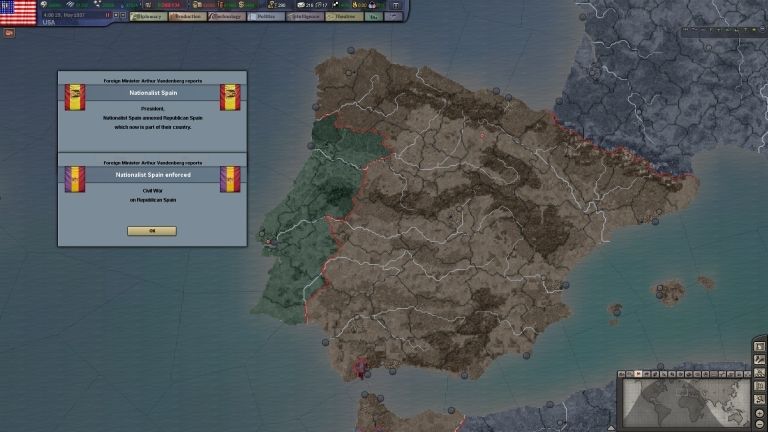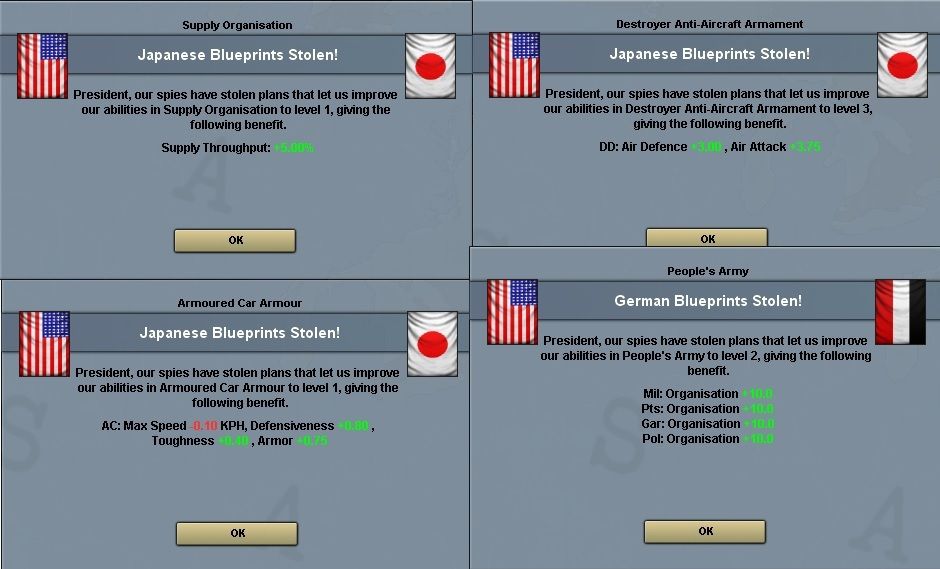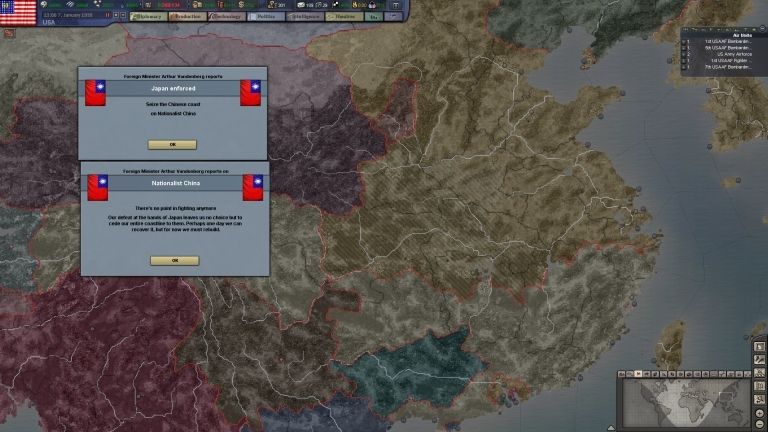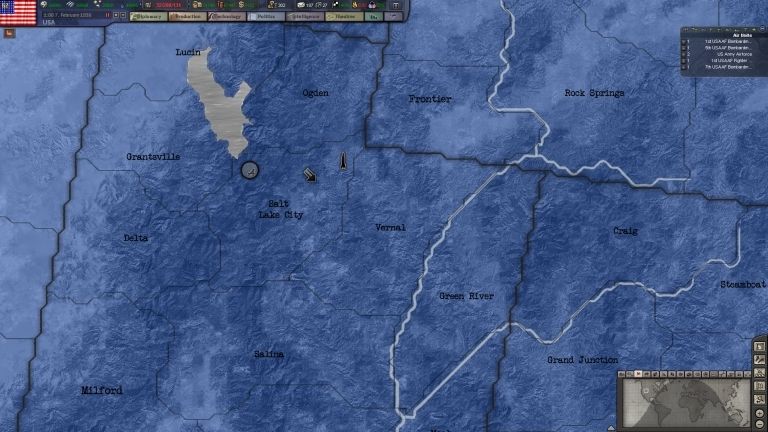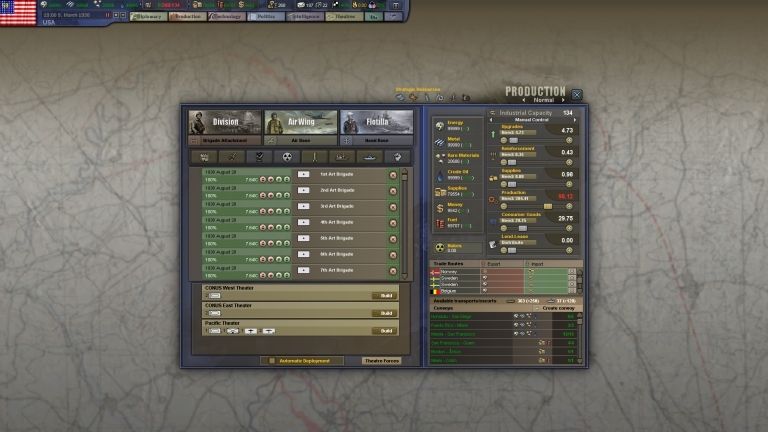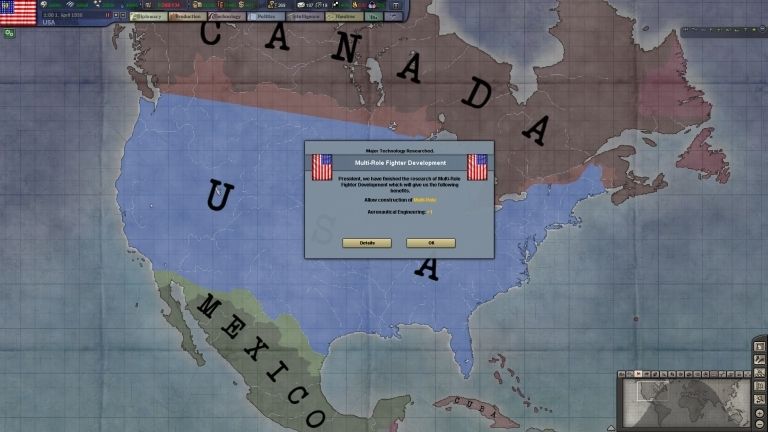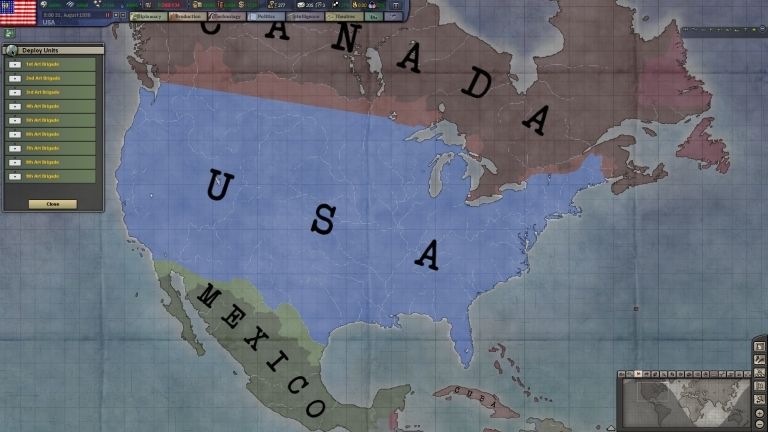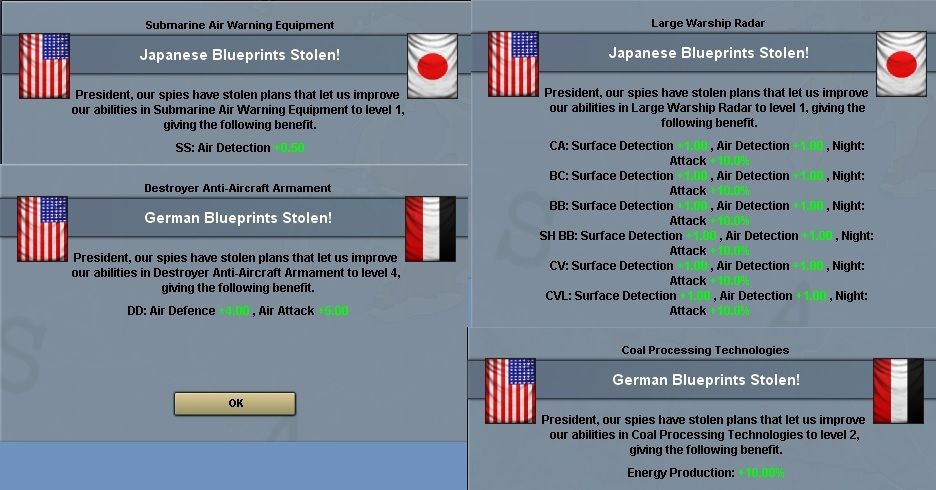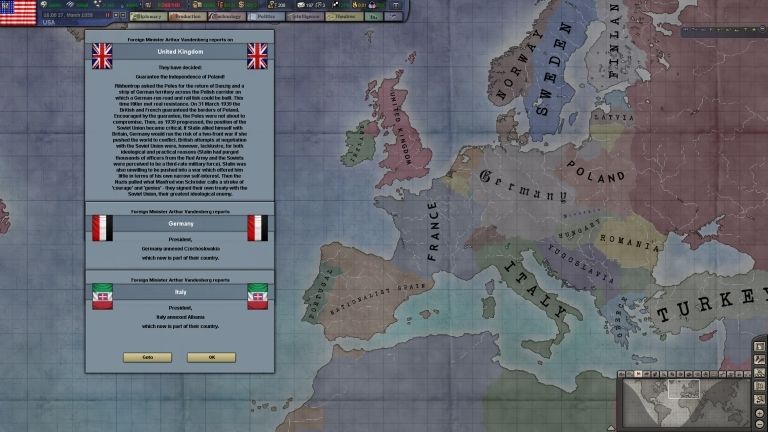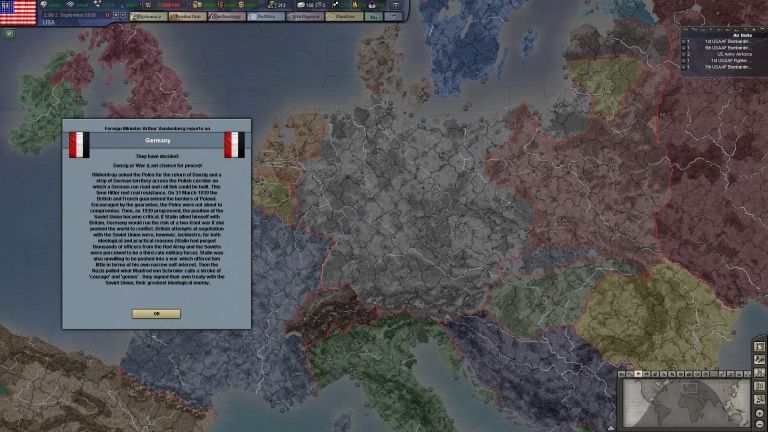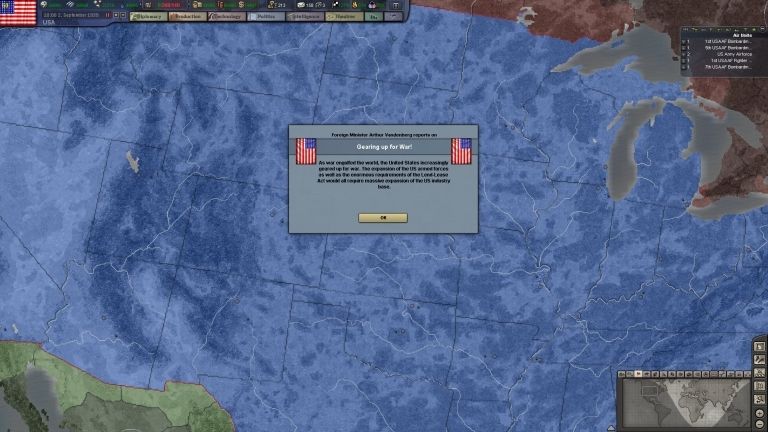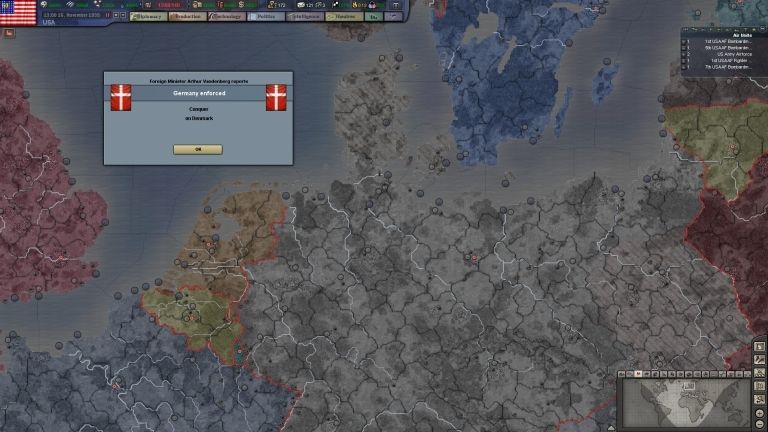1939: Gearing up for war
In 1938 the congress agreed to invest into the army, though very limited investments were made. Apart from new artillery for the army the first tanks were build. While in Europe the crisis was expanding and the ambitions of Germany became more clear. In March 1939 Czechoslovakia was annexed and Slovakia was released as a puppet. Italy also showed their true colours by annexing Albania.
Annaxation of Czech part of Czechoslovakia
August 24th 1939 – the world is shocked and amazed with the non-aggression pact between Germany, represented by Joachim von Ribbentrop, and the Soviet Union, represented Vyacheslav Molotov, henceforth known as the Molotov-von Ribbentrop pact. As far as the intelligence officers could tell, this agreement also had some secret clauses which stated that Germany and the Soviet Union would divide Poland into two “equal” shares and each would take one share. Additionally, the Germany would not object nor interfere when the Soviet Union would attack the Baltic States, Finland and annex parts of Romania. This would bring back Russian borders as they were during the last Czars.
One intelligence officer managed to get a rough copy of the agreement though his source was considered not completely trustworthy. Nonetheless it would push MacArthur to call an urgent meeting with the rest of his staff.
The copy stated:
The Government of the German Reich and The Government of the Union of Soviet Socialist Republics desirous of strengthening the cause of peace between Germany and the U.S.S.R., and proceeding from the fundamental provisions of the Neutrality Agreement concluded in April, 1926 between Germany and the U.S.S.R., have reached the following Agreement:
Article I. Both High Contracting Parties obligate themselves to desist from any act of violence, any aggressive action, and any attack on each other, either individually or jointly with other Powers.
Article II. Should one of the High Contracting Parties become the object of belligerent action by a third Power, the other High Contracting Party shall in no manner lend its support to this third Power.
Article III. The Governments of the two High Contracting Parties shall in the future maintain continual contact with one another for the purpose of consultation in order to exchange information on problems affecting their common interests.
Article IV. Should disputes or conflicts arise between the High Contracting Parties shall participate in any grouping of Powers whatsoever that is directly or indirectly aimed at the other party.
Article V. Should disputes or conflicts arise between the High Contracting Parties over problems of one kind or another, both parties shall settle these disputes or conflicts exclusively through friendly exchange of opinion or, if necessary, through the establishment of arbitration commissions.
Article VI. The present Treaty is concluded for a period of ten years, with the proviso that, in so far as one of the High Contracting Parties does not advance it one year prior to the expiration of this period, the validity of this Treaty shall automatically be extended for another five years.
Article VII. The present treaty shall be ratified within the shortest possible time. The ratifications shall be exchanged in Berlin. The Agreement shall enter into force as soon as it is signed.
Secret Additional Protocol.
Article I. In the event of a territorial and political rearrangement in the areas belonging to the Baltic States (Finland, Estonia, Latvia, Lithuania), the northern boundary of Lithuania shall represent the boundary of the spheres of influence of Germany and U.S.S.R. In this connection the interest of Lithuania in the Vilna area is recognized by each party.
Article II. In the event of a territorial and political rearrangement of the areas belonging to the Polish state, the spheres of influence of Germany and the U.S.S.R. shall be bounded approximately by the line of the rivers Narev, Vistula and San.
The question of whether the interests of both parties make desirable the maintenance of an independent Polish States and how such a state should be bounded can only be definitely determined in the course of further political developments.
In any event both Governments will resolve this question by means of a friendly agreement.
Article III. With regard to Southeastern Europe attention is called by the Soviet side to its interest in Bessarabia. The German side declares its complete political disinteredness in these areas.
Article IV. This protocol shall be treated by both parties as strictly secret.
Moscow, August 23, 1939.
For the Government of the German Reich v. Ribbentrop
Plenipotentiary of the Government of the U.S.S.R. V. Molotov
The numerous of meetings with MacArthur, his staff and congress went on for almost a week when the message reached the President: Germany claims Poland attacked Germany. US journalists were invited to watch one of the scenes where the so called Polish soldiers were killed on German soil. Immediately after these ‘provocations’ Germany demanded Poland would hand over the city of Danzig or face war. Poland refused and war in Europe started on September 2nd 1939.
Although Europa is across the Atlantic, the US, and especially the pacifists, saw no other option than to gear up for war which started on September 2nd. Theoretically this meant budget was increased to invest into more equipment. However, changing conscription legislation was a whole different thing according to the congress. Again leaving a frustrated MacArthur behind.
US finally starts to gear up for war
A few weeks after declaring war on Poland, Germany annexed the west, while the Soviet Union annexed the east of Poland. Germany was hungry for more territory and after recouperating, the German forces headed into Denmark in November, which was conquered that same month.
Denmark occupied by Germany
Germany had more plans for Europe and especially for the new 3rd German Reich. In the US things were quiet, but in Europa a black page in history started.


